The design is harmonious and full of symbolism. The circular foot, with a stepped base, features a continuous beaded perimeter border. The stand, elegantly pierced with six pointed lobes, displays delicate vegetal ornamentation on a punched background, finely engraved with great detail and precision. This same decoration is repeated on the cup and the lid, creating a visual balance that reinforces the aesthetic unity of the piece.
The cup, with a bell-shaped profile and generous diameter, is structured on its outer side by ogival arcatures framing once again the same vegetal decoration. All of this clearly refers to Gothic iconography reinterpreted through a historicist lens. The interior of the cup is entirely fire-gilded, highlighting its sacred function and protecting the metal from oxidation.
The lid, elegantly domed, displays a six-pointed star arrangement. Between its arms, vegetal motifs alternate with guilloché patterns, a technique that adds texture and brightness to the whole. The top is finished with a Latin cross with trefoil arms, a traditional symbol that underscores the liturgical use of the object.
The hallmarks are visible on the base and the cup, certifying its manufacture in silver. Although the lid does not show visible marks, the material has been tested and confirmed as silver, completing a coherent and guaranteed set. The total weight of 433 grams indicates a solid and durable construction, intended for frequent liturgical use.
The neo-Gothic aesthetic, born as a romantic re-reading of medieval architecture, had a deep influence on European liturgical silverwork during the nineteenth century, and France was one of the epicenters of this movement. In that country, the Gothic revival found fertile ground both in art and spirituality, encouraged by cathedral restorations and renewed interest in medieval Christian symbolism. Ciboria like this one received special attention. They were meant not only to be functional but also to act as material manifestations of faith, worthy of containing the Blessed Sacrament.
During the final decades of the nineteenth century and the early years of the twentieth, French workshops specializing in sacred silverwork, especially in Paris and Lyon, developed entire lines of liturgical objects decorated with Gothic tracery, vegetal motifs, and symbolic geometry. Today, French neo-Gothic ciboria are highly sought after by collectors and religious communities, not only for their beauty but also for the craftsmanship of their execution and their devotional meaning.
A piece that stands out not only for its artistic and symbolic value but also for its excellent condition, with no visible restorations or losses. Ideal for reintroducing it into the Church or for use in a parish. It also represents an excellent investment in high-quality sacred art, especially for collectors or lovers of French religious silverwork.
Do not miss this magnificent opportunity to acquire a work of high religious silverwork, with over a century of history, perfect for sacramental use.
Measurements: 27.5 × 13 × 11 cm (10.83 × 5.12 × 4.33 in). Weight: 433 g.
We are professional antique dealers. To see more photos of this item, please click on this link:
https://www.antiguedades.es/en/religious-antiques/5308-antique-neo-gothic-ciborium-in-gilded-silver-france-circa-1900.html



























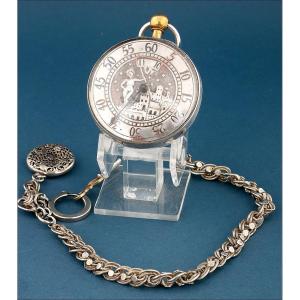


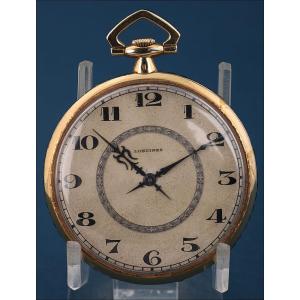





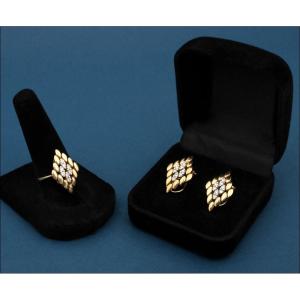






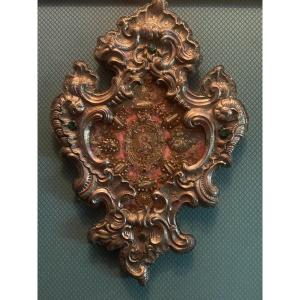

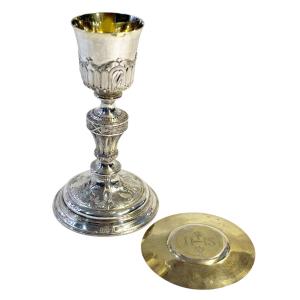




 Le Magazine de PROANTIC
Le Magazine de PROANTIC TRÉSORS Magazine
TRÉSORS Magazine Rivista Artiquariato
Rivista Artiquariato